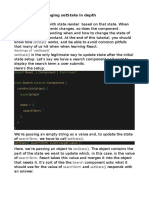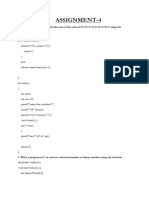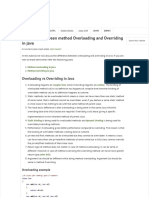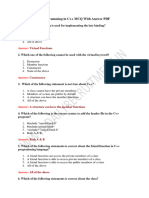0% found this document useful (0 votes)
12 views9 pagesReact Interview Video Series
The document explains how React's useState hook allows components to retain state across multiple renders despite being just JavaScript functions. It details the internal mechanisms of React, including the use of Fiber Nodes and a hook array system that tracks the order of hooks called. The document emphasizes the importance of calling hooks unconditionally and in the same order to prevent errors in state management.
Uploaded by
Prateek YadavCopyright
© © All Rights Reserved
We take content rights seriously. If you suspect this is your content, claim it here.
Available Formats
Download as DOCX, PDF, TXT or read online on Scribd
0% found this document useful (0 votes)
12 views9 pagesReact Interview Video Series
The document explains how React's useState hook allows components to retain state across multiple renders despite being just JavaScript functions. It details the internal mechanisms of React, including the use of Fiber Nodes and a hook array system that tracks the order of hooks called. The document emphasizes the importance of calling hooks unconditionally and in the same order to prevent errors in state management.
Uploaded by
Prateek YadavCopyright
© © All Rights Reserved
We take content rights seriously. If you suspect this is your content, claim it here.
Available Formats
Download as DOCX, PDF, TXT or read online on Scribd
/ 9
























































































